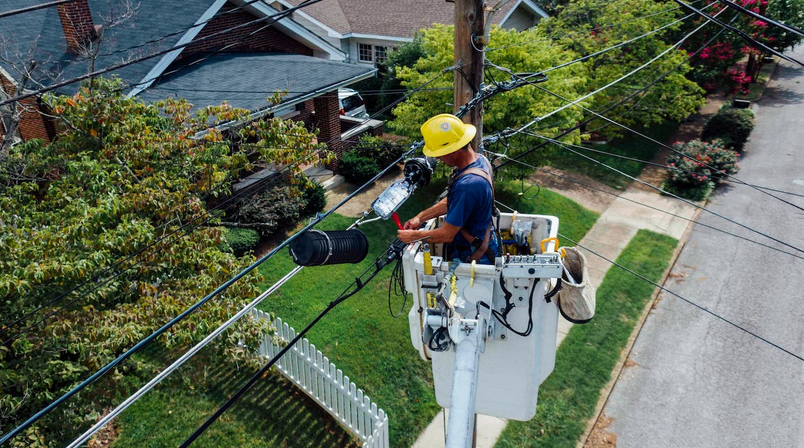Transmission lines play a vital role in delivering electricity from power generation sources to consumers, but their capacity is often limited due to conservative static line ratings. However, with the advent of dynamic line rating (DLR) technology, transmission line capacity can be significantly increased, enhancing Green Energy Savings. DLR involves real-time monitoring and assessment of various parameters to determine the actual capacity of power lines, enabling optimal utilization while ensuring reliability. In this article, we will explore the top ways in which dynamic line rating revolutionizes transmission line capacity.
Real-Time Weather Monitoring

Dynamic line rating utilizes real-time weather monitoring to determine transmission line capacity accurately. Traditional static line ratings are based on conservative assumptions about weather conditions, such as constant ambient temperature and wind speed. DLR, on the other hand, takes into account actual meteorological data, including temperature, wind speed, solar radiation, and humidity. By continuously monitoring these parameters, DLR systems provide a more precise assessment of transmission line capacity, allowing operators to maximize utilization without compromising safety.
Conductor Temperature Monitoring
DLR systems incorporate advanced sensors that continuously monitor conductor temperature in real-time. Traditional static line ratings assume a fixed temperature for the entire line, limiting its capacity. In contrast, DLR technology accounts for temperature variations along the transmission line caused by factors such as solar radiation, air temperature, and wind. By accurately measuring the conductor temperature, DLR systems ensure that the line’s thermal limits are not exceeded, thus optimizing capacity while maintaining system reliability.

Dynamic Line Rating Algorithms
The development of sophisticated dynamic line rating algorithms has revolutionized transmission line capacity management. These algorithms analyze real-time data, including weather conditions, conductor temperature, line sag, and electrical load. By considering these factors collectively, DLR algorithms calculate the maximum safe capacity of the transmission line at any given time. These calculations enable operators to adjust the line’s rating dynamically, optimizing its usage based on real-time conditions and ensuring efficient power transfer.
Enhanced Grid Resilience

DLR technology not only improves transmission line capacity but also enhances grid resilience. By accurately assessing a line’s real-time capacity, operators can respond quickly to changing conditions, mitigating potential issues in the electrical network. In cases where increased capacity is possible due to favorable weather conditions, DLR allows operators to reroute power more effectively, reducing congestion and minimizing transmission losses.
Dynamic line rating technology presents a groundbreaking approach to optimize transmission line capacity. By leveraging real-time weather monitoring, conductor temperature measurements, advanced algorithms, and enhanced grid resilience, DLR enables transmission system operators to maximize line utilization while maintaining reliability. This innovation has a significant impact on the efficiency, sustainability, and cost-effectiveness of power grids.








